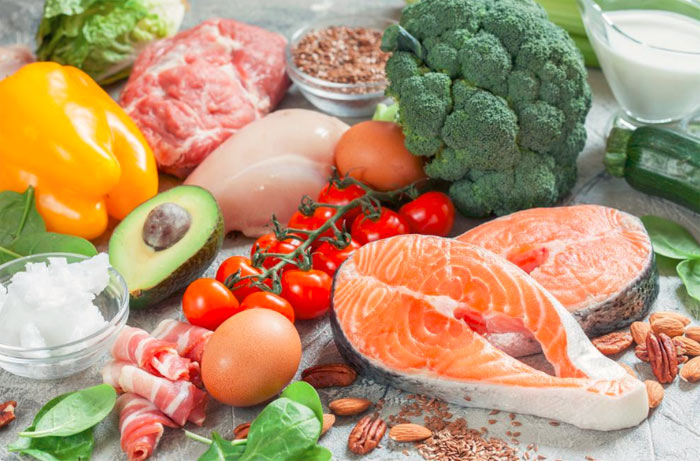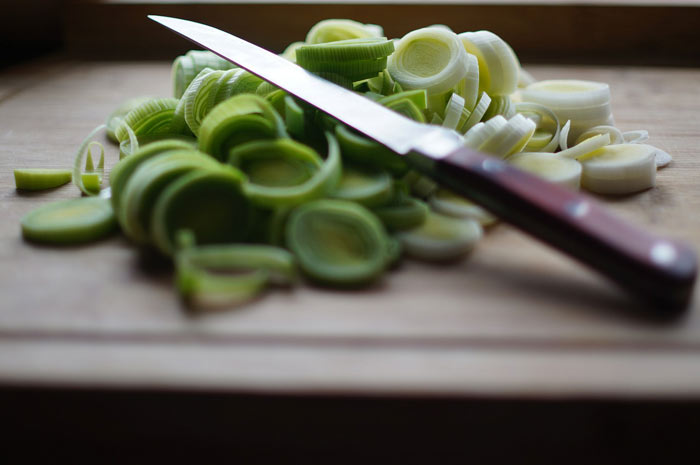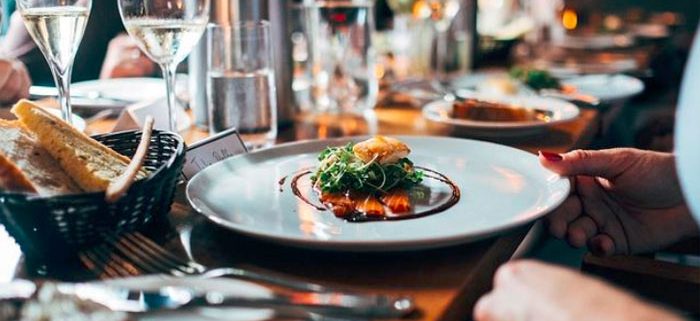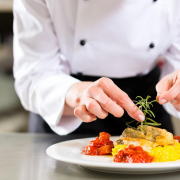6 Food Safety Tips Every Restaurateur Should Know
In the UK, there are roughly 500, 000 reported cases of food poisoning each year, with an additional 10 million cases of gastrointestinal health issues (which might also be food related). Furthermore, there are several unreported cases of food poisoning, as the NHS states that people do get over mild-bouts of food poisoning at home, without seeking professional health care.

Safety is paramount in the food and beverage industry. Failure to maintain safety standards in your restaurant could lead to illness, loss of customer trust and a damaged reputation. What’s more, a Health Department inspection could potentially shut down your restaurant indefinitely.
You therefore need to be able to maintain adequate cleanliness and a safe environment for all your food preparations. This is the ultimate goal of every well-run commercial kitchen. For your restaurant to operate with full certification, it must be able to pass any checks undertaken by the Health Department.
What is a food control plan and how can it help your restaurant?
Commercial kitchens are often fast-paced and hectic, as staff try to keep up with orders. It can, therefore, be difficult to make sure things are done properly at all times.Restaurants that serve high-risk foods understand the importance of a food control plan for ensuring safety isn’t compromised.
A food control plan helps you to keep track of food safety risks and how they are being managed. It assures customers that your restaurant maintains safety standards, helping you build a successful food business. You can develop a customised food control plan using Safefoodpro.co.nz.
Poor food safety practices: what are the risks?
Before we discuss food safety tips, it’s important to have a clear understanding of what will happen when safety standards are not met. This includes food poisoning or foodborne infection.
The latter occurs when parasites, bacteria or viruses enter the body via contaminated high-risk foods like raw or undercooked meat. These agents have a growth cycle that transcends the food material in the human body. Symptoms can last for days or weeks (in extreme cases), and typically arise within minutes or hours after eating the food in question.
Food poisoning is caused by the ingestion of preformed toxins in dirty, tainted or spoiled food. Symptoms arise quickly – usually within 60 minutes after ingesting the contaminated food.
By following certain safety tips for your restaurant, you can maintain strict internal protocols and pay attention to detail. These tips will help ensure that health and safety standards are met, drastically reducing any chance of foodborne illness in your facility,thus allowing you to provide the very best service for your customers.
Food safety tips

Every restaurateur should always remember the four C’s of food safety: Clean, Cook, Chill, and avoid Cross-contamination.
1. Clean
Cleanliness is something that must not be overlooked whilst handling food. Hand washing is, therefore, the most important food safety tip for your kitchen and an effective way to minimise cross-contamination. Every kitchen employee must wash their hands between tasks, using hot soapy water and antibacterial soap for at least 20 seconds.
Make sure that the washing of hands is observed after:
- Handling raw meat or fish
- Handling rubbish or dirty dishes
- Using the toilet
- Taking a snack or smoke break
- Using the phone
- Touching an animal
- Sneezing, coughing or nose-blowing
A restaurant should be kept clean at all times. However, it can be tempting to cut corners in keeping things clean – especially when there are many orders to attend to and everything is being carried out at a fast pace. Therefore, it’s prudent to heed the following:
- Keep the cooking space clean at all times
- Food residue and dirty dishes should never come into contact with recently cooked food
- Dirty dishes should be washed immediately after they are returned to the kitchen
2. Cook
Food must be cooked as per the recommended optimal temperatures. Food thermometers should be used to ensure the standards outlined below are met:
- 145°F: beef and fish, eggs, pork
- 165°F: microwaved animal products and casseroles, stuffed food, poultry
- 135°F: packaged and ready-to-eat foods, vegetables to be kept warm
- 155°F: sausages and hamburgers
- 160°F: Ground meats
Different thermometers should be used – especially when handling meat – so as to keep anything raw from contaminating cooked food.
3. Chill
Food should be stored properly and at the right temperature. Refrigeration should be at a temperature of 41°F or below; this should be done in such a way that assures adequate ventilation.
Follow the two-hour rule to keep perishable food from going bad due to the growth of harmful bacteria; perishable or prepared food should not be left out for more than two hours at room temperature, before being put back in the refrigerator. Subsequently, discard any salads, meat, fish, or other such perishable foods that have been left out for more than two hours.
During refrigeration, ensure raw meat does not drip onto other food items.Also, cut vegetables should never be left out at room temperature.
4. Avoid Cross-Contamination
Raw food and cooked food should never under any circumstances be stored in close proximity. This is because bacteria can spread from raw food to the ready-to-eat food. Instead, there should be a designated area in the storage facility for raw food and another for cooked food (when both are stored in the same space). Raw food should be stored closer to the ground, so as to avoid leaking or dripping on to other food items.
Provide separate labelled or colour coded cutting boards for eggs, raw produce, raw meat, seafood, and other food items. Ensure those cutting boards are not placed together. It’s also necessary to use separate utensils and thermometers as well.
5. Be mindful of workers’ health
Sick employees (including servers, cooks, bartenders, dishwashers, managers, and even the cashier) should stay home or away from the kitchen and dining area. Any employee suspected of having a cold, an infected or open wound, vomiting or diarrhoea, or any other health issues should be sent home immediately.

6. Reinforce responsible conduct
It’s easy to get carried away and disregard safety rules – especially during or after a long, busy day. This is why it’s important to insist on proper employee conduct, so as to avoid negligence or recklessness.
- Gloves should be worn when preparing food and should be changed regularly – especially when changing tasks, moving from handling raw food to cooked food, or touching anything outside the immediate prep area.
- Food should be washed properly. Fruits and vegetables should be rinsed under cold running water.
- Always keep hair covered (including beards and moustaches)
- Keep fingernails short
- Jewellery should not be worn in the kitchen
By adhering to food safety conducts and procedures in your restaurant, potentially unfavourable issues can be easily avoided. In turn, your customers will be kept satisfied and able to look forward to another enjoyable visit.









